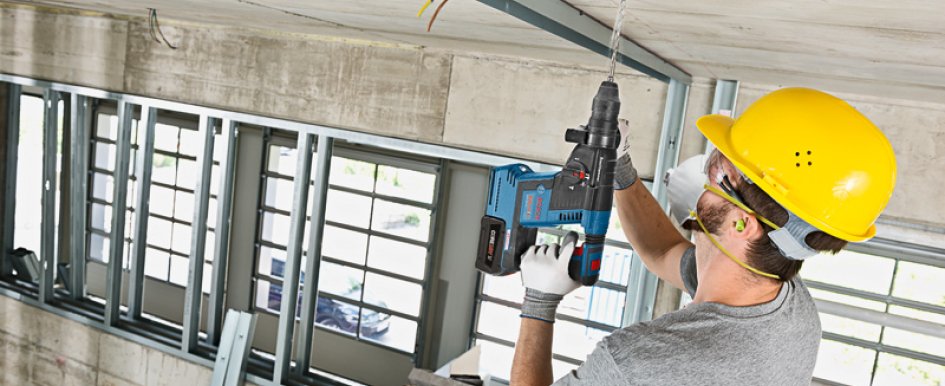
The advantages of lithium-ion battery technology make compact, heavy-duty tools the standard, not an exception. And the three inherent benefits—more power, increased runtime and no weight penalty—are the basic building blocks behind what makes this battery system attractive. Lithium-ion cells can either hold more power in the same-size package (as tools change) or maintain the same power in a smaller package.
Starting From the Beginning
The story begins with the 18650 cell, the first lithium-ion cell designed to replace NiCad technology. The power cell is the most basic component of the battery. But the secret to making a great power tool battery is in how a manufacturer manages charge and discharge of the battery. In addition, controlling heat is a big deal. Cells are the same; how batteries manage the heat and manage the power is the differentiator.
New 21700 series power cells are slightly larger, although manufacturers are trying to keep the subsequent size of the battery down. These cells offer higher current; any increase in current will improve runtime, so users inherently benefit with a runtime increase along with the power advantage.
At Bosch, for instance, a key part of the effort to maximize cell power is spent on managing heat. This is Coolpack technology. For example, the battery housing of the Bosch CORE18V battery is designed to transfer more heat to the outer surface, resulting in a cooling effect better than previous batteries with the technology. The CoolPack 2.0 system employs advanced design to keep the battery cooler for better runtime and longer life; this updated design provides up to 135 percent longer battery life than batteries that don't have CoolPack. In addition, this technology combined with reduced resistance and higher efficiency means that the battery is less likely to overheat during high-load applications.
Working the Heavy Load
Then, there’s the matter of wattage—a battery that moves from from the 800-watt battery standard to 1480 watts sees a 45-percent power increase. The thinking behind getting this power increase is simple; it’s based on engineering that pushes the edge of how much current the cells can handle. When it’s done right, the big payoff is also clear because the user ends up with a battery that’s more powerful and has substantially greater runtime.
A stronger and longer-lasting battery is pointed directly at high-load applications, where previous-generation cordless tools have been unable to provide enough power or runtime. Thanks to this next-generation cell technology and corresponding power efficiency, these batteries can generate more current to finish jobs that other batteries can't.
Aiding the process in advanced batteries are cells that are welded and rail-connected for maximum energy transfer, which allows heavy-duty, lithium-ion batteries to provide better performance than conventional batteries that can be larger. The rails connect the positive and negative terminals of each cell—best when highly conductive copper is used versus less conductive, deterioration-prone copper-plated steel. The issue here is that after extended use the galvanized coating will begin to wear off subjecting the steel beneath to rust. Oxygen also can react with a galvanized coating to cause corrosion issues. This problem doesn’t exist with copper since it doesn’t corrode or rust over time; it’s the same rationale used in replacing galvanized pipes with copper pipes in a home.
Then there’s the conversation between the battery and the power tool. In advanced systems, a cell protection system keeps the battery from overloading, overheating and being subjected to deep discharge. All of this prevention is designed to provide longer battery life. On the power tool side, a motor protection system helps protect against overload, plus it monitors and manages motor temperature.
Professional users are conscious about investments in technology and tools—it’s their job. They want to build on the platform they have or at most invest in one other power tool battery platform. And for that battery investment they want ease of use—something that’s as easy as plugging a lamp into a 15-amp outlet. It just needs to work and do the job, every time.
Determining What to Look For
Design optimization is the next frontier in power tool development. The winners will be those manufacturers who best manage heat, which affects both runtime and performance. From there the next steps include building a compact tool, reducing weight, reducing battery charge time, ensuring platform compatibility and extending battery life.
For the savvy power tool user, the next purchase should focus on an optimized battery package that is designed to drive high-demand tools that are on the immediate horizon. Improved connector technology in the battery pack combined with high-density cells promotes low electrical resistance. That means higher currents coming from the cells over a longer time period. All of that adds up to more available power to finish jobs.
